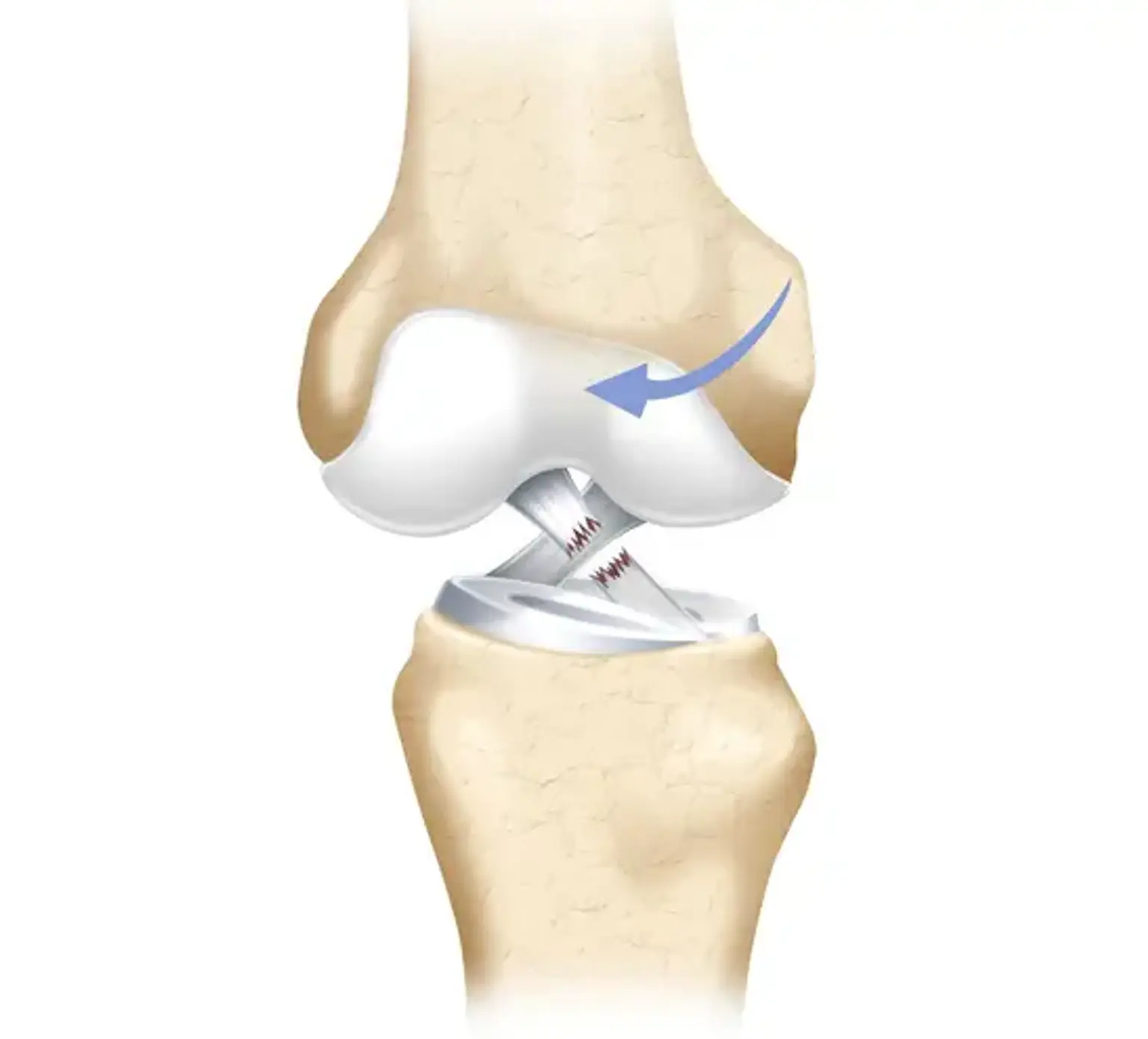Knee Ligament Injuries
Overview
Because the knee is a complex joint with numerous components, it is prone to a variety of ailments. Sprains, ligament tears, fractures, and dislocations are some of the most frequent knee ailments. Many knee injuries may be treated successfully with modest treatments like bracing and rehabilitation exercises. Other injuries may need surgery to repair.
